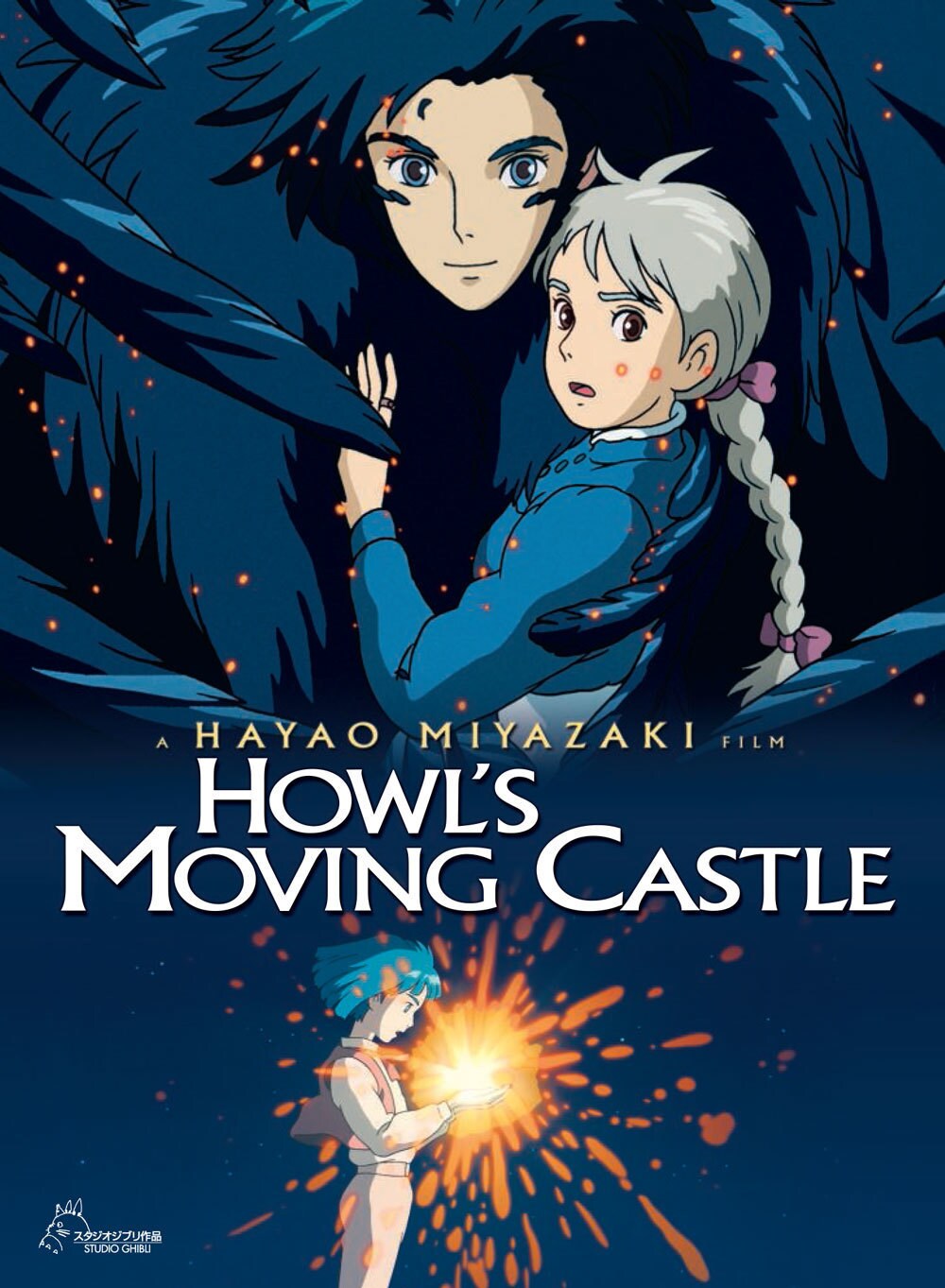SUPERVERSIVE: “Howl’s Moving Castle” is a Fairy Tale Par Excellence
Tuesday , 5, December 2017 Superversive Leave a comment This is an update of an old article from Superversive SF – I decided that there was enough here to expand and improve to make a re-post worthwhile. Be sure to take a look at fellow Superversive columnist and author Corey McCleery’s review of “Howl’s”, linked below.
This is an update of an old article from Superversive SF – I decided that there was enough here to expand and improve to make a re-post worthwhile. Be sure to take a look at fellow Superversive columnist and author Corey McCleery’s review of “Howl’s”, linked below.
Corey already did an excellent review, so this is just my reaction to several criticisms of the film I’ve seen.
“Howl’s Moving Castle”, going by reviews and the Rotten Tomatoes score, is considered “lesser Miyazaki”, as Corey said. This utterly baffles me. I’d go so far as to call it one of my favorite Miyazaki films.
I think it’s that people miss the point of it. I’ve seen people criticize the ending before; “Howl’s” ends on a happily ever after note after several scenes that seem to make such an ending completely impossible. Some people thought it was a cheat, or a cliche, or a cop-out.
This is because they do not understand fairy tales. Fairy tales end in two ways: They either have grotesque endings (see much of the Brothers Grimm if you want examples of those), or they have happy endings. That’s it; there’s no in-between ending for a fairy tale, no “mostly happy” ending. Fairy tales exist to make a particular point: True love conquers all. Work hard and persevere and the universe will reward you. Be lazy or evil and suffer horrible consequences.
And the point of “Howl’s Moving Castle” is that Sophie’s love for the people of Howl’s Castle, and Howl’s love for Sophie, redeemed and saved them all. That’s the message, and to not give it a fully happy ending you lessen it. People who argue that it’s overly simplistic don’t understand what Miyazaki was doing. When you look at the ending of “Howl’s Moving Castle” from the perspective of the fairy tale, it not only succeeds, it succeeds brilliantly. The ending couldn’t be more perfect.
Some criticize the story as over-complicated. I suppose that’s a matter of taste; I was never at a loss as to what was happening. Some of the stuff that happened to Sophie near the end of the film seemed to come sort of out of nowhere, but again, it’s a fairy tale; in fairy tales, a certain amount of coincidence or randomness is allowed so long as it services the main point – like the animals in “Cinderella” coming together to help Cinderella with her chores.
The anti-war message was more simplistic than it was in “Princess Mononoke”, but fairy tales exist to make simple points, and there’s no denying that the imagery of Howl’s transformation into a hideous bird-monster was powerfully effective.
I’ve seen folks criticize Miyazaki for removing aspects of the book from the movie, like Howl’s Welsh friends, which made his odd behavior more explicable.
But Miyazaki knew exactly what he was doing. The reason Howl is stuck in adolescence is actually very consistent with his character: At great personal risk, and with no obvious benefit to himself, he saves Calcifer from dying and has their hearts bound. This very noble and selfless act has also gotten him stuck in a state of perpetual immaturity, contrasted with Sophie’s perpetual old age – the two almost literally complete each other.
His odd behavior is not odd for oddness’s sake; he has prevented himself from growing up in order to save the life of a demon who generally doesn’t even take the time to act grateful. This is consistent with his character – he might be immature and vain, but he’s also a kind and compassionate man who will do whatever he could to help those he loves.
Miyazaki simplified the story, but he always had his endgame firmly in mind.

Miyazaki seems to have a very personal connection to “Howl’s Moving Castle”, continually referencing it as a favorite of his films. I think I can see it. By the end of the film, things are getting darker and darker. A happy ending gets more and more out of reach. All hope seems to slip further away.
And then suddenly…Everything is righted. Howl is a human again. Sophie is a young woman. The war is ending. The Castle is re-built. The Prince is restored…and everyone lives happily ever after.
Just like that.
There’s a hint of longing in that ending. Miyazaki has been quoted as saying that he basically believes humanity is doomed…but that life is worth living anyway, and that’s what he’s always trying to show in his films. “Howl’s Moving Castle” seems in some ways like the purest vision of Miyazaki’s great hope for humanity – that maybe, maybe, beyond it all, beyond how rotten the world is and how bad everything has been messed up…there’s a happy ending waiting for us.
I don’t know if he necessarily believes this himself, but in “Howl’s Moving Castle” I think in some ways you can see the dream presented most clearly, and in that sense it is a very moving and meaningful film.
The film was not as good as “Princess Mononoke”, “Spirited Away”, or “The Wind Rises”, the movies I consider his three great masterpieces (perhaps one day I will write an article explaining why). It didn’t have the moral, metaphysical, or philosophical depth of those films. But looked at from the perspective of what Miyazaki was attempting to accomplish, it was a smashing, brilliant success, and for that reason – to me, anyway – it is not only NOT lesser Miyazaki, but in fact stands as one of his very best films.

Please give us your valuable comment